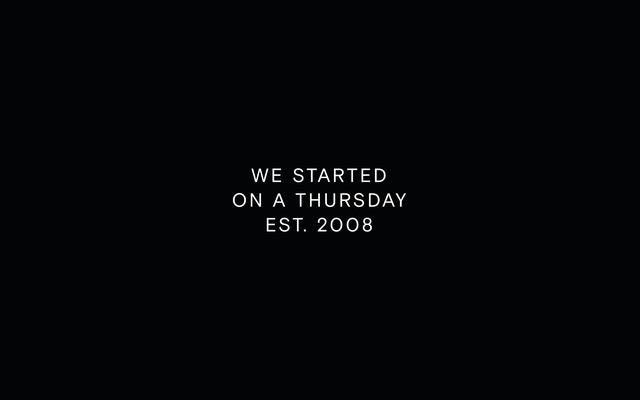Pandemic-induced authenticity

Thursday
16th August 2021
16th August 2021
Authenticity is one of those words - like trust - that is rather overused in Brandland. It often triggers the opposite effect to what you had intended.
The audience starts to query why trust is being talked about. If you have to say you’re authentic, are you really being authentic? Or does your brand perhaps “protest too much”?
Listening to our dear founder, Simon Harmer, touching on this in Autumn Live’s Shared Experiences podcast triggered deeper thought on the matter. Simon voiced his squeamishness over the word, a feeling shared by many when presented with an ‘authentic’ brand or ‘authentic’ experience. Naturally, all brands want to be trusted and most want to be seen as authentic. So why does stating these qualities loud and proud make us cringe?
One answer is the front-of-house / back-of-house nature of branding. The words you choose to position your brand should be for in-house use primarily. Careful thought and testing need to be applied to any language that - though loved and resonant internally - may smell a bit fishy to external audience. A bit like seeing the blood and scale-splattered apron of the fishmonger sweeping past your table as your beautiful sushi is placed before you. Some things are a given and do not need to be aired to inspire confidence.
But Simon was talking about authenticity specifically as an emerging, post-lockdown trend. Who hasn’t cringed on Zoom, presenting to new clients from a hastily-tidied bedroom? Or realised it’s time to de-clutter the artwork mummifying the fridge door during a finance meeting? Our private lives have been opened out to the world, while the world closed us inside over the last year. There’s been nowhere to hide. And there’s been comfort in seeing each other’s jumbled bookshelves, frantic children and dubious taste in artwork. We had no choice but to embrace it, and each other, and come to know and empathise with each other a little more.
This forced feeling of openness - or authenticity display - has surely created a cultural shift within us all. Combined with having endured something together, though separately, we are viewing the world through a far less staged lens. Yes, we’re probably better at styling ourselves for Zoom than we were. But we’re also more relaxed, a barrier has gone. And the appetite for realness remains.
One way this is manifesting is in more individual stories and brands. From the kitchen table start-up boom to user-generated content (UGC) - we’re becoming more interested in the people who create or who engage with a brand, rather than the brand or product itself. We want to see our own realities reflected, not some idealised world projected onto our retinas, in thousands of messages a day. It gets complicated when brands use a UGC style, rather than real user content, as it rather defeats the goal of authenticity.
So how do we deliver authenticity in a brand? Well, at Thursday we would ask, authentic to what? Authentic how? Beef up that word with something only your brand can claim, or that you’re confident you can do well. It must tie up to a truth about your business, not be an aspirational perception. And keep it to yourself. Keep it internal. By anchoring your authenticity in something that you tangibly deliver, your team will be able to act in that way. Ensuring an authentic experience is received by your audience that’s authentic to you - not in some suspiciously generic way.
Put it this way. Think of the most authentic person you know, or a character you’ve enjoyed in a novel or film. Would they ever describe themselves that way? Exactly. So our advice is, as we emerge from lockdown more open, more empathetic and more candid than ever, act from it, but keep quiet about your authenticity.
Just do you.
